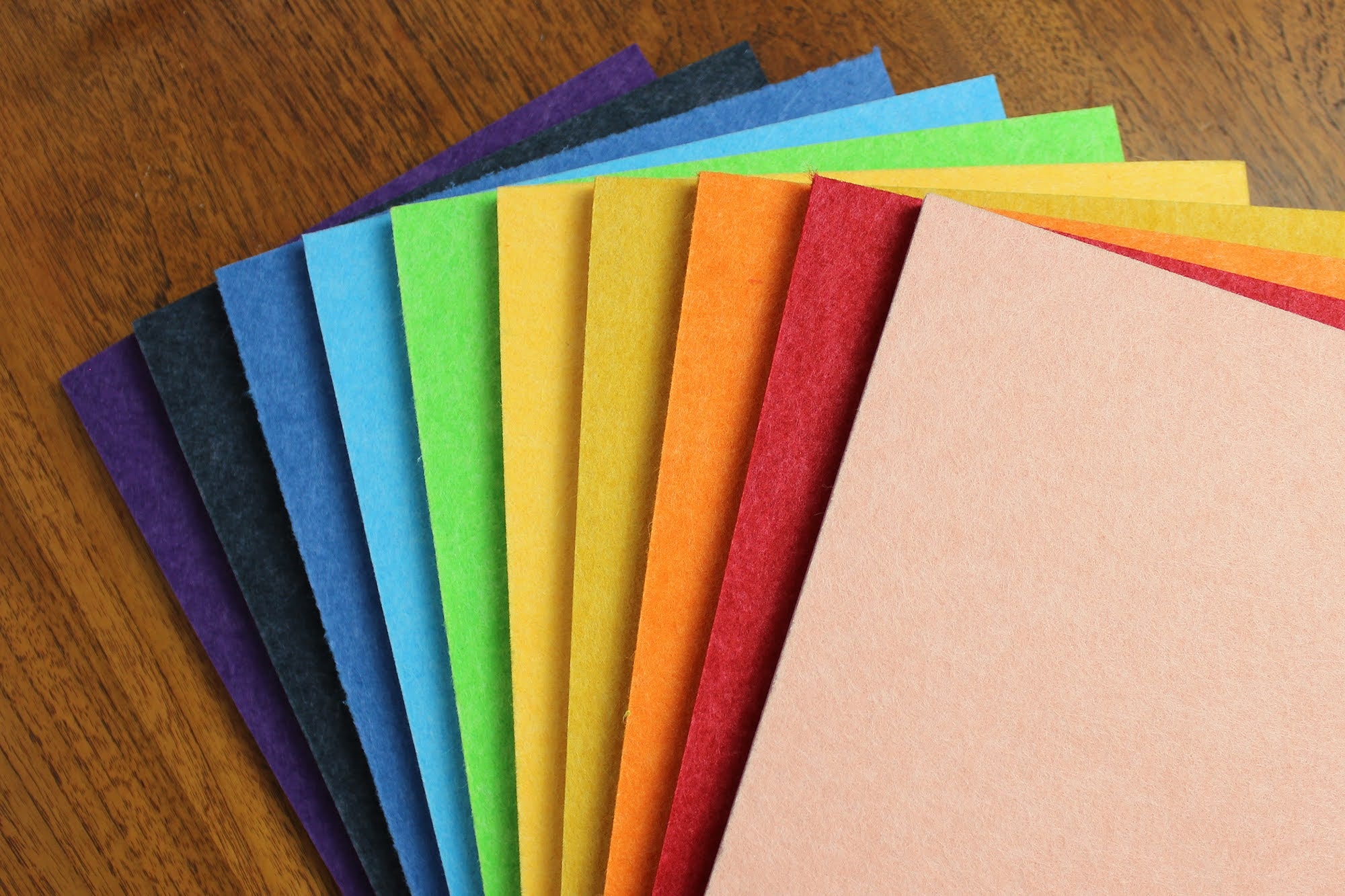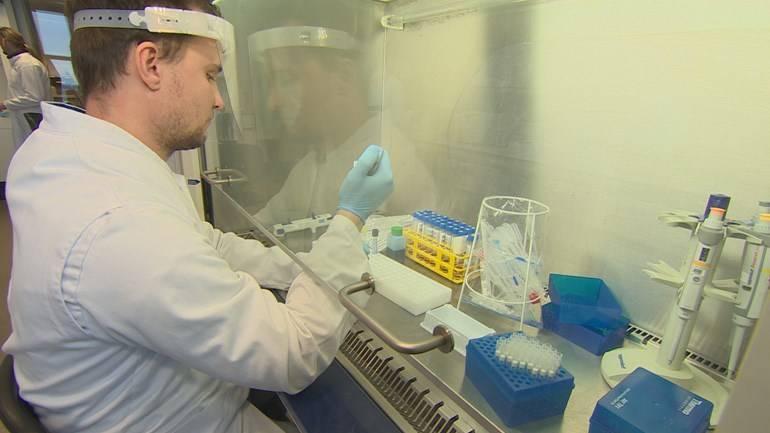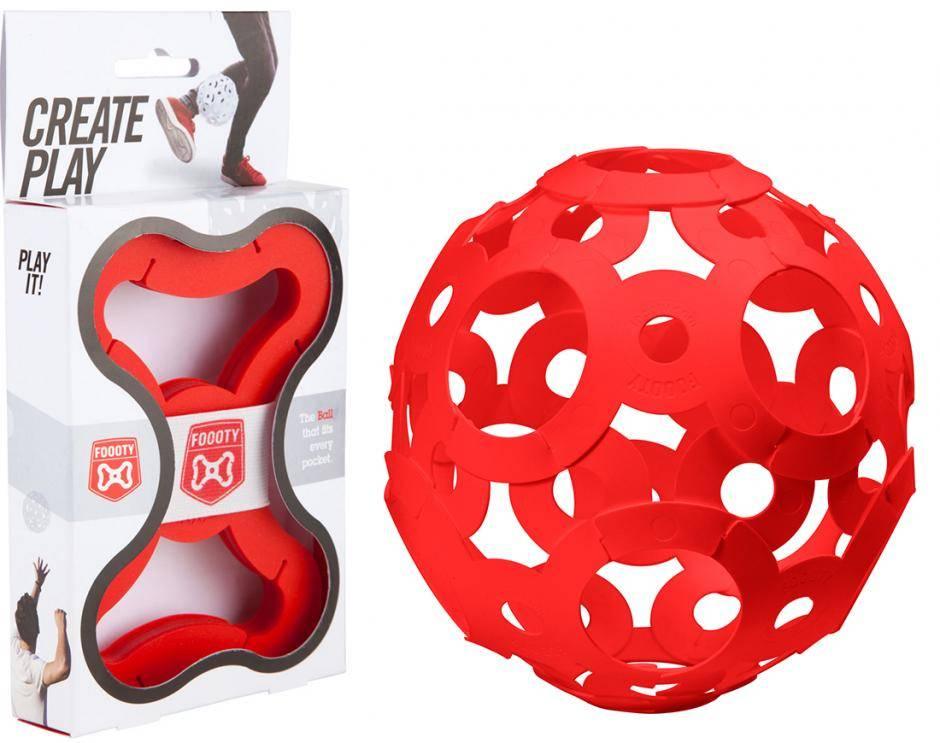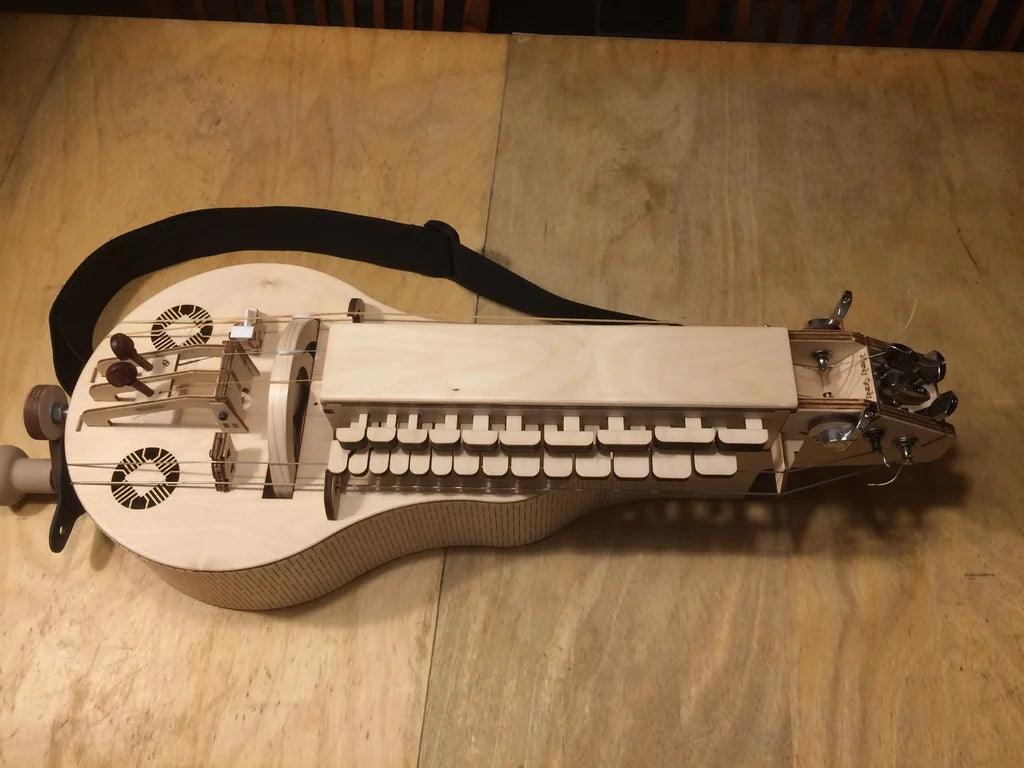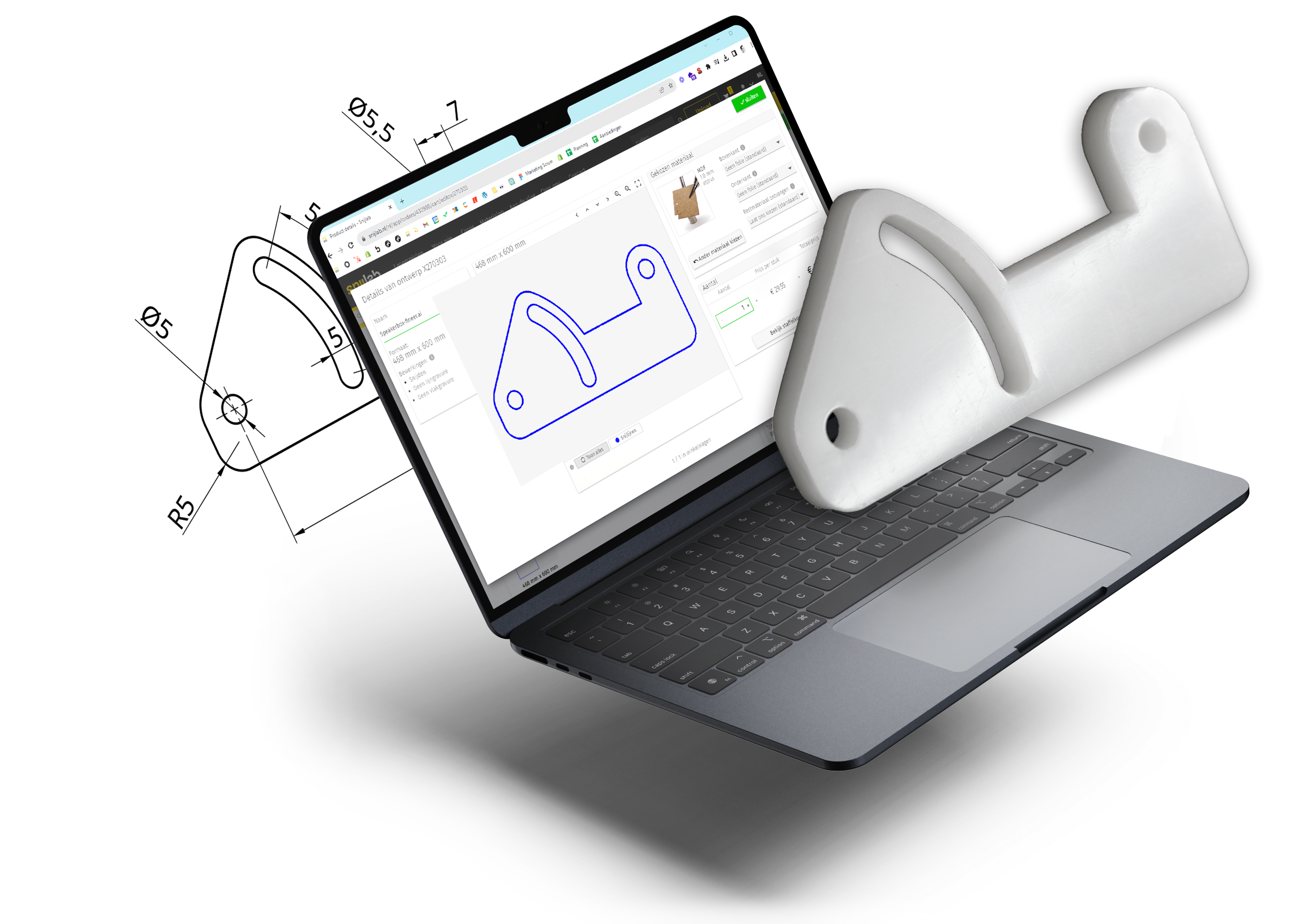How Snijlab helped alleviate hospital face mask shortage by delivering more than 40,000 units in a short period of time
How the NGS2020 mask came about
During the first wave of the corona pandemic, the demand for medical protective equipment was overwhelming. Regular manufacturers could not scale up in time to meet the demand. Therefore, the Ministry of Health, Welfare and Sport (VWS) invited the market to produce medical devices as quickly as possible.
Challenge
The crisis requires a quick solution
Large mainstream producers are proving sensitive to raw material shortages and to disruptions in their logistics process. It requires creativity and agility from companies like Snijlab to provide solutions in the time it takes these large producers to adapt.
Solution
Laser cutting is fast, flexible and efficient
Snijlab immediately sees the added value of laser cutting. Starting up quickly but also being able to make volume, with the materials that are available. That is what is needed right now.
Challenge
Design for mask
Various designs for face masks are circulating on the Internet. In particular, the design of Prusa inspires, but is not suitable for laser cutting. To make a real impact, Snijlab has a number of design requirements:
- It must be sound and easy to use.
- It must be disinfectable.
- It must be producible in substantial print runs at short notice (days, not weeks).
Solution
Rapid prototyping quickly delivers an optimized design
In one afternoon, more than 15 concepts went from sketch to prototype. Each time, it can be validated immediately whether the mask fits well, is sturdy and easy to assemble. At the end of the day, the basic design of the NGS2020 is ready.
The NGS2020 consists of only 4 parts: 2 bands made of polyacetal (POM), a screen made of polyester (PET) and a silicone band. There is no screw or tools involved. For hospital cleaning, it is important that it is easy to take apart and that all parts can be cleaned in standard processes.
The prototype is presented to Erasmus MC
The hospital is immediately interested in putting the face masks into use. They think along with the final adjustments and give approval for production. Other hospitals and the national distribution point are also approached.
Challenge
Scale up production
The first orders are in. Within a week, the first 10,000 masks must be delivered. And that's in addition to the regular orders. It is the first time that Snijlab has produced its own design on such a large scale. There is confidence in our own capacity, but scaling up so quickly is also a completely new challenge.
Solution
From design to in-house production
Snijlab chooses to do the entire process in-house. Everyone works extra shifts:7 days a week, all free hours are used to produce as much as possible. Some parts can fortunately be made by the recently developed autoSPOT, a very fast laser machine that can automatically load and unload.
Challenge
Assembly
All the loose parts are there, but Snijlab does not normally provide assembly. However, the crisis requires flexibility and again: speed.
Solution
Volunteers do the assembly of the face masks
Fortunately, there is a lot of willingness. For the masks for Erasmus MC, Snijlab arranges a team of volunteers. In a separate room, they assemble and package that day's production in a few hours every day.
"Within a week, the first masks were already present on the shop floor, providing protection for hospital staff," says Dr. K. K., who is a member of the team.
Erasmus MC
Challenge
Global scarcity of materials
The corona crisis has created a global scarcity of raw materials. The demand for transparent materials has exploded, and this shortage is working its way into other materials as factories use all capacity to make transparent materials. Cutting Lab has ample stock of its own, but it is shrinking dangerously fast. The materials needed are simply no longer available for reordering.
Solution
Design modifications to accommodate other thicknesses
Many suppliers only have small residual batches. These are difficult to process because they always have different thicknesses and sheet sizes. Snijlab, however, can handle this very well. Nestings (plate layouts) can be adjusted quickly. Multiple versions of the design are made, a separate version for each material thickness. In this way, many small residual batches eventually make a large stock of material.
